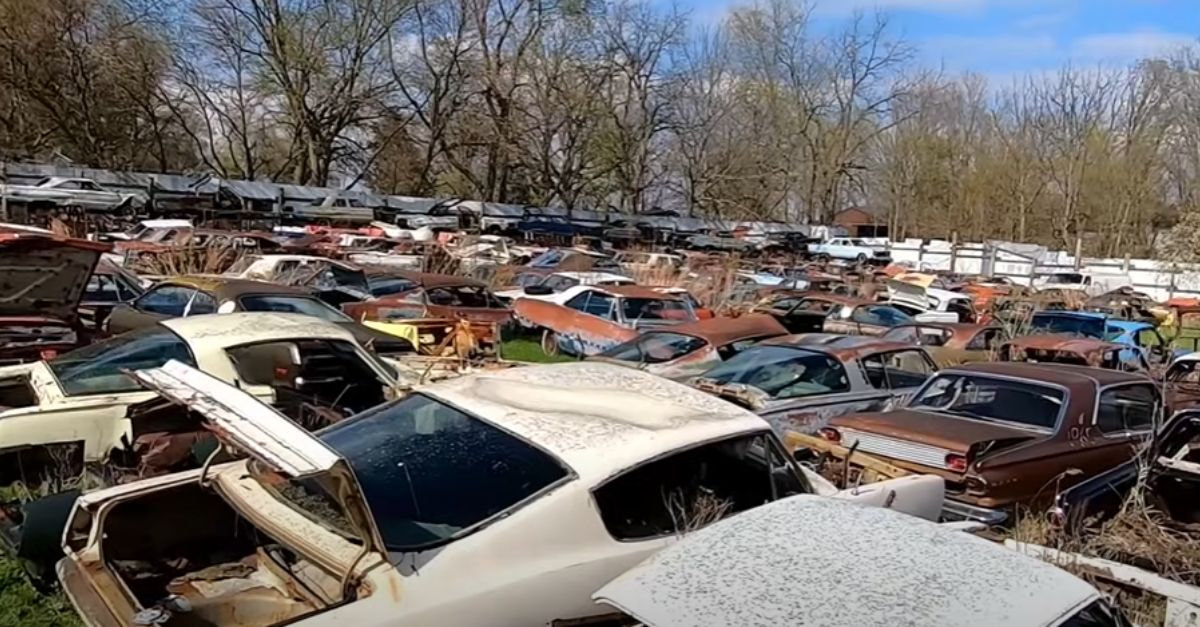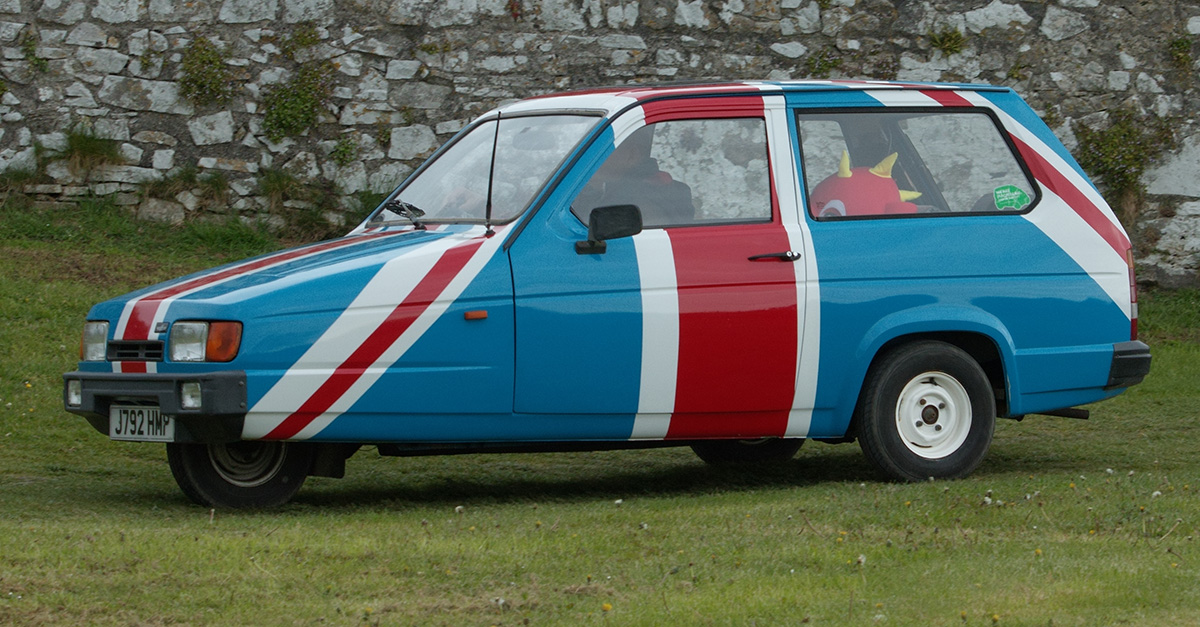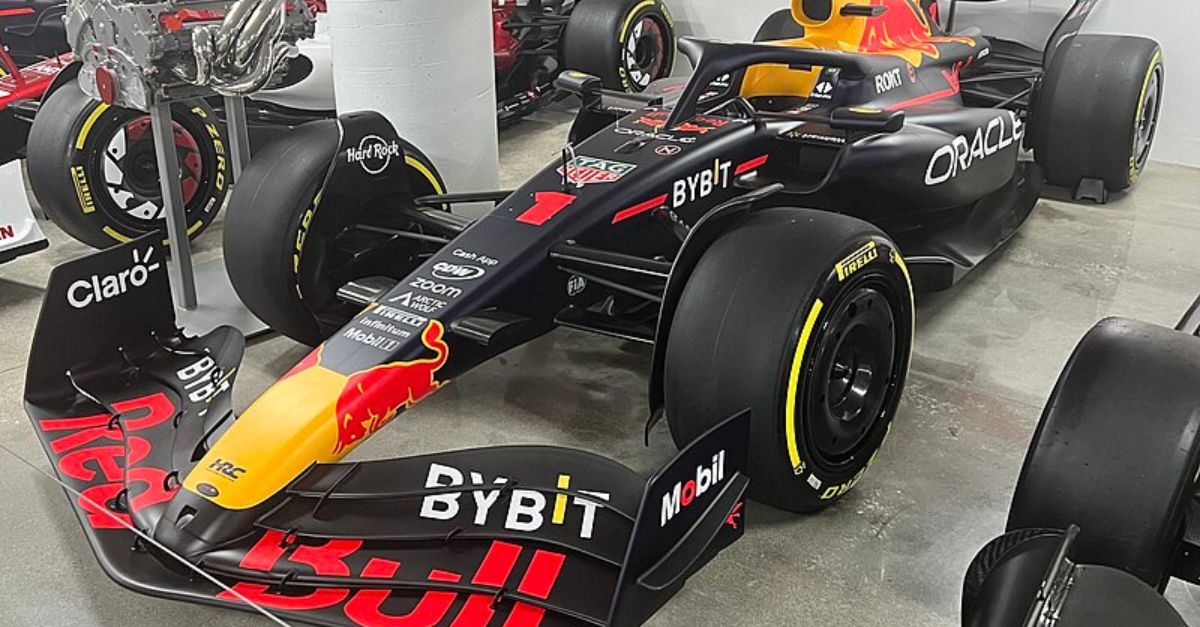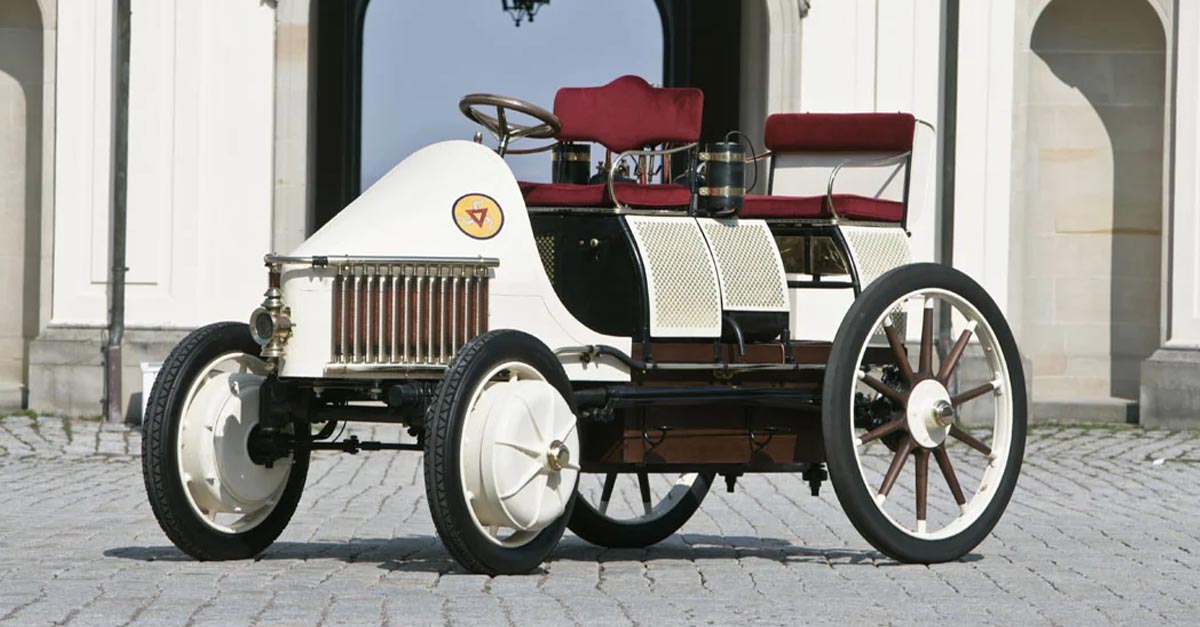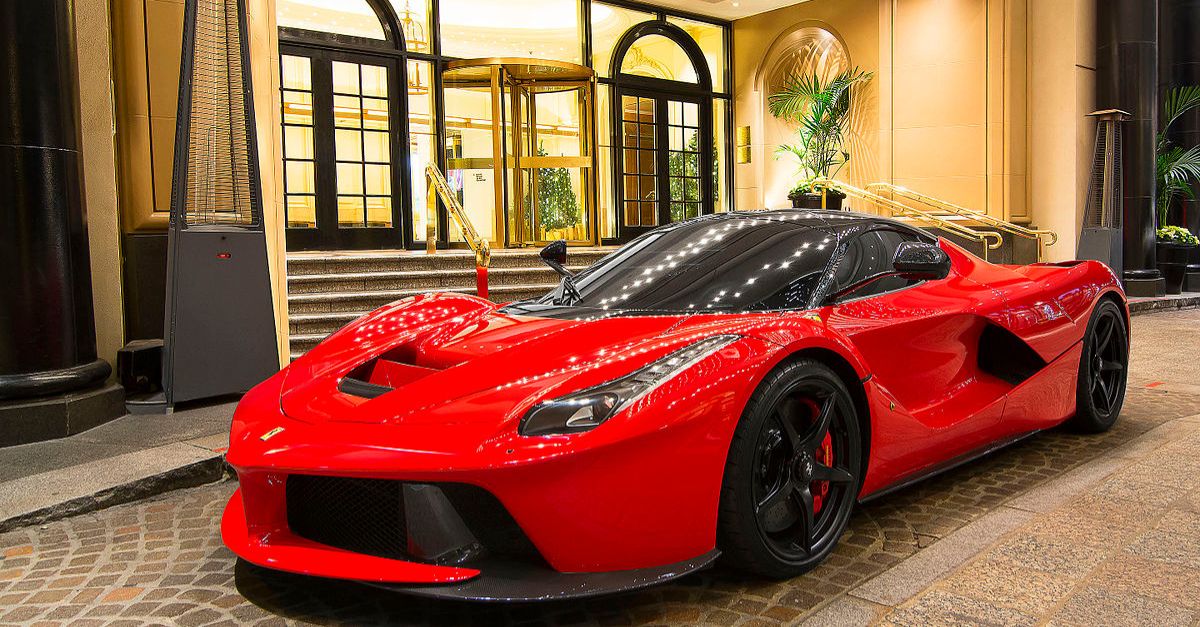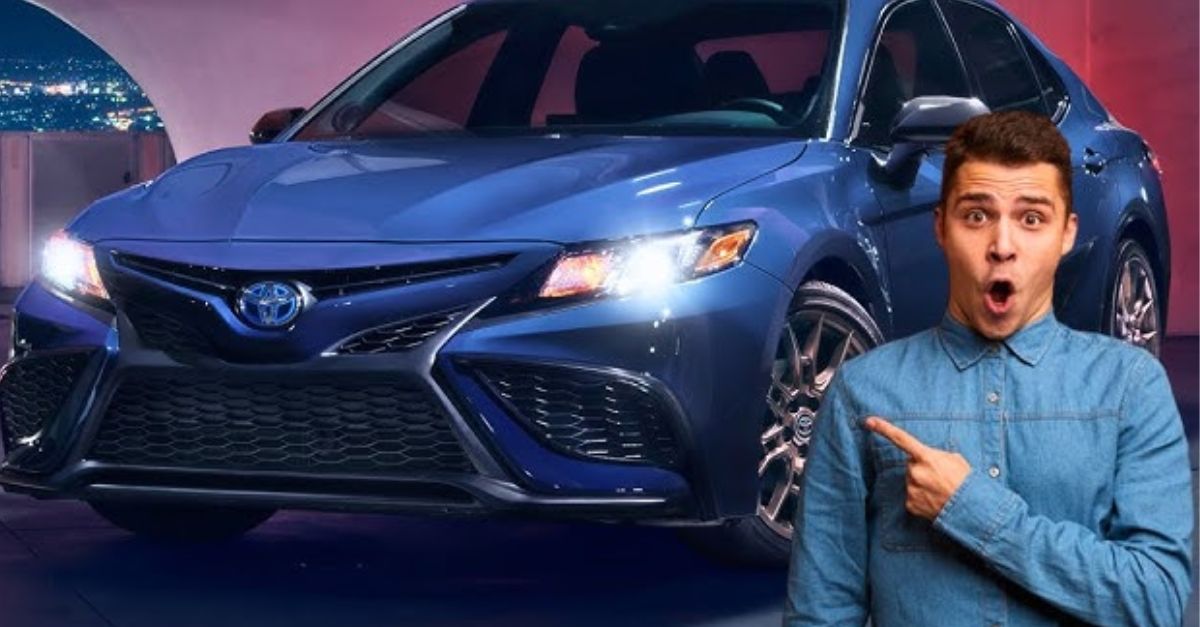Where Legends Rest
Some collect stamps, others gather coins, but in this corner of America, legends are stacked in Detroit iron. So, if you're a keeper of the Pentastar flame, this is your ultimate sanctuary.
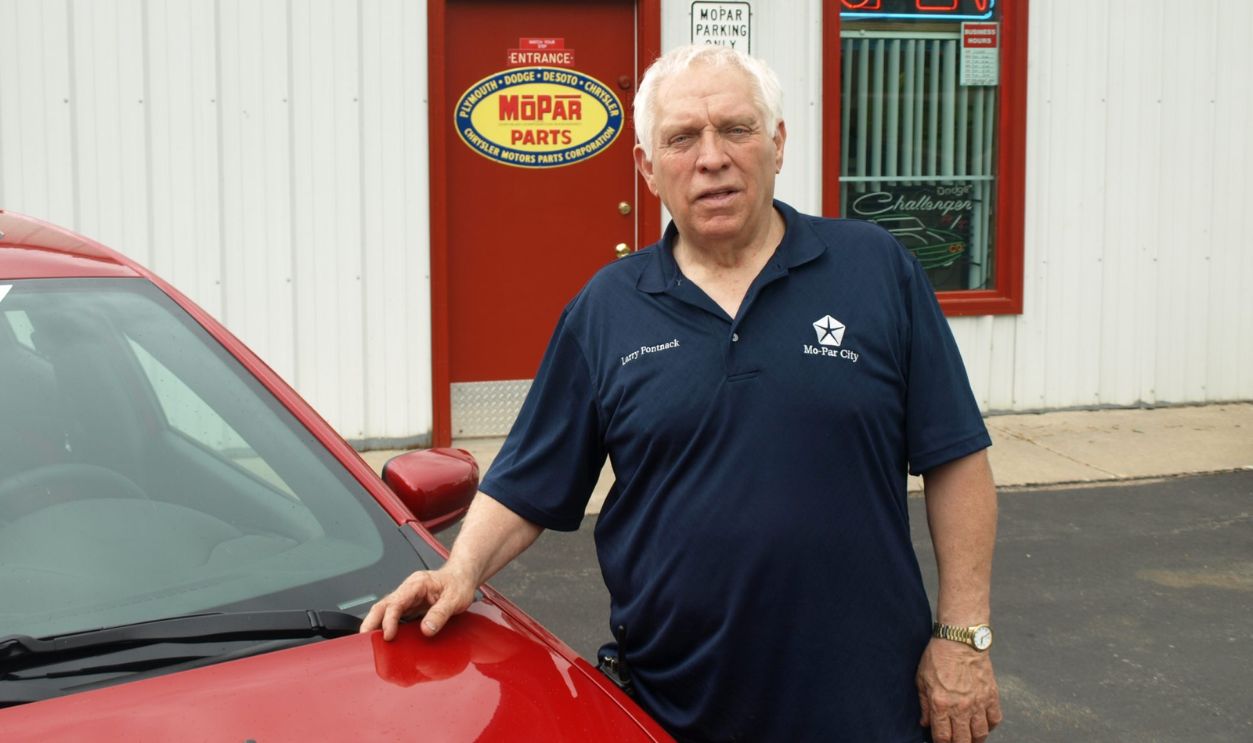
Oregon’s Heritage Halt
Mopar City is owned by Larry Pontnack, who is also the founder of this classic car haven. The establishment has been in operation since 2011, serving as a literal treasure trove. It is located in Oregon, Illinois, and specializes in Chrysler vehicles.
 THE Mopar City Junkyard Walkthrough!... Part 1 by Auto Archaeology
THE Mopar City Junkyard Walkthrough!... Part 1 by Auto Archaeology
Site Overview
There are hundreds of viable project cars from various platforms present here. These include A-, B-, C-, and E bodies, not forgetting vans and trucks as well. Mopar City has over 30,000 square feet of covered space filled with thousands of loose Mopar parts.
 THE Mopar City Junkyard Walkthrough!... Part 1 by Auto Archaeology
THE Mopar City Junkyard Walkthrough!... Part 1 by Auto Archaeology
Symbol Of Innovation
Many of the cars found in Mopar City are not merely relics. They symbolize Chrysler's engineering prowess and creativity. For instance, Chrysler was one of the pioneers in the implementation of hydraulic brakes across its vehicle lineup.
 THE Mopar City Junkyard Walkthrough!... Part 1 by Auto Archaeology
THE Mopar City Junkyard Walkthrough!... Part 1 by Auto Archaeology
All-Steel Body Structuring
This brought in better control and modulation of braking force. Additionally, the introduction of all-steel bodies in mass-produced automobiles marked a shift from wooden bodies. This boosted the durability, safety, and manufacturing consistency of cars.
 THE Mopar City Junkyard Walkthrough!... Part 1 by Auto Archaeology
THE Mopar City Junkyard Walkthrough!... Part 1 by Auto Archaeology
Unibody Construction
In the 1960s, Chrysler decided to move to unibody construction. Such a layout reduced weight and improved fuel economy while enhancing crash safety. How? By allowing the frame to crumple in specific ways during an impact.
 Janderk1968, CC BY-SA 3.0, Wikimedia Commons
Janderk1968, CC BY-SA 3.0, Wikimedia Commons
Golden Age Of Power
Mainly during the muscle car boom of the 1960s and 1970s, muscle cars were on the rise. They were characterized by strong engines and aggressive styling. So, here you will find those iconic B-body and E-body Mopars that everyone still remembers.
 THE Mopar City Junkyard Walkthrough!... Part 1 by Auto Archaeology
THE Mopar City Junkyard Walkthrough!... Part 1 by Auto Archaeology
B-Body Revolution
The B-body platforms have a pretty cool history. They were launched in the 60s, giving birth to legendary rides like the Dodge Charger, Super Bee, Plymouth GTX, and Road Runner. For instance, the 1966 Dodge Charger was a muscle car favorite.
 Greg Gjerdingen from Willmar, USA, CC BY 2.0, Wikimedia Commons
Greg Gjerdingen from Willmar, USA, CC BY 2.0, Wikimedia Commons
1966 Dodge Charger
This piece was designed by Carl Cameron with a distinctive fastback roofline and an "electric shaver" grille with fully rotating headlights. Total production for the 1966 model year reached 37,344 units, a successful introduction for Dodge's new flagship vehicle.
Dodge Super Bee
Launched in 1968, the Super Bee was a performance-oriented version of the Dodge Coronet. Reportedly, this car initially came equipped with a 383 cubic inch (6.3L) V8 engine that produced 335 horsepower. 426 HEMI was also an optional engine.
 Sicnag, CC BY 2.0, Wikimedia Commons
Sicnag, CC BY 2.0, Wikimedia Commons
1967 Plymouth GTX
Similarly, the GTX came in as a high-performance version of the Plymouth Belvedere. It was marketed as "The Gentleman's Muscle Car," combining luxury with power. Soon, it became a staple in the Mopar lineup with the “Super Commando 440” engine.
 GPS 56 from New Zealand, CC BY 2.0, Wikimedia Commons
GPS 56 from New Zealand, CC BY 2.0, Wikimedia Commons
1968 Plymouth Road Runner
This ride was made to be a budget-friendly muscle car. The standard engine was a 383 cubic inch (6.3L) V8 pumping out 335 horsepower. For those seeking even more power, the optional 426 HEMI engine delivered an impressive 425 horsepower.
 Sicnag, CC BY 2.0, Wikimedia Commons
Sicnag, CC BY 2.0, Wikimedia Commons
Weathered Chargers
Surely, there is a collection of Dodge Chargers here, but many of them are far from being pristine. Most of these are found with visible signs of rust and may be missing engines. Some even have grass growing where the power plants once were.
 THE Mopar City Junkyard Walkthrough!... Part 1 by Auto Archaeology
THE Mopar City Junkyard Walkthrough!... Part 1 by Auto Archaeology
NASCAR Legends
Anyway, that’s not all. The B-body platform also gave rise to NASCAR legends like the Charger Daytona and Plymouth Superbird, which were made for racing success. Present here, the Daytona became the first car to exceed 200 mph during a sanctioned race.
 PSParrot from England, CC BY 2.0, Wikimedia Commons
PSParrot from England, CC BY 2.0, Wikimedia Commons
Charger Daytona
This race took place with Buddy Baker achieving a lap speed of 200.447 mph at Talladega in March 1970. It was available for purchase with good engine options, like the 440 cubic inch (7.2L) V8 and the famous 426 HEMI.
 Sicnag, CC BY 2.0, Wikimedia Commons
Sicnag, CC BY 2.0, Wikimedia Commons
1970 Plymouth Superbird
Apparently, it was created in response to the success of the Dodge Charger Daytona. It aimed to bring racing legend Richard Petty back to Plymouth after he briefly switched to Ford. The car came with an aerodynamic design and a pointed nose cone.
 Sicnag, CC BY 2.0, Wikimedia Commons
Sicnag, CC BY 2.0, Wikimedia Commons
E-Body Platforms
Apart from this, the lovely E-body collection that is present in this place attracts every Mopar lover. This platform was produced from 1969 to 1974. It ultimately brought to existence the third-generation Plymouth Barracuda and the Dodge Challenger.
 THE Mopar City Junkyard Walkthrough!... Part 1 by Auto Archaeology
THE Mopar City Junkyard Walkthrough!... Part 1 by Auto Archaeology
Plymouth Barracuda
Once again, the 426 Hemi V8 was the crown jewel, producing about 425 horsepower. These "Hemi 'Cudas" are now among the most valuable muscle cars ever produced. The 440 Six Pack was nearly as potent, making 390 horsepower.
Dodge Challenger
The engine bay of this one was specifically engineered to accommodate everything from the base Slant-6 to the massive 426 Hemi. Careful attention was paid to cooling and structural rigidity, with an overall length of 191.3 inches.
 Greg Gjerdingen from Willmar, USA, CC BY 2.0, Wikimedia Commons
Greg Gjerdingen from Willmar, USA, CC BY 2.0, Wikimedia Commons
Limited Production Legacy
So, the rarity of these vehicles, particularly the high-performance R/T models and 'Cudas, amplifies their allure today. Many high-performance variants, like the HEMI's Cuda convertibles, were produced minimally. For instance, around 11 were built in 1971.
Concours-Level Authenticity
If you’re interested in concours engine rebuilding that focuses on correct casting numbers, finishes, fasteners, and more, this is the place for you. This service is notable as it includes authentication by Galen Govier, a recognized authority on Mopar vehicles.
 Stephen Foskett (Wikipedia User: sfoskett), CC BY-SA 3.0, Wikimedia Commons
Stephen Foskett (Wikipedia User: sfoskett), CC BY-SA 3.0, Wikimedia Commons
Restoration Opportunities
Vehicles at Mopar City are in need of restoration. This provides automotive enthusiasts with exciting opportunities for restoration projects. Such cars are considered project cars, meaning they require too much work to bring them back to their former glory.
 THE Mopar City Junkyard Walkthrough!... Part 1 by Auto Archaeology
THE Mopar City Junkyard Walkthrough!... Part 1 by Auto Archaeology
Restoration Products & Vendors
Companies like Old Moparts and Dante's Mopar Parts specialize in classic Mopar components. Therefore, you get easy access to hard-to-find parts and new old stock (NOS) items. Factory-style replacement parts that replicate the original look are also found here.
 THE Mopar City Junkyard Walkthrough!... Part 1 by Auto Archaeology
THE Mopar City Junkyard Walkthrough!... Part 1 by Auto Archaeology
Cultural Significance
For many visitors, Mopar City brings nostalgia for a bygone era when muscle cars dominated American roads. After all, many of these vehicles have a storied history in motorsports, particularly in drag racing and NASCAR.
 THE Mopar City Junkyard Walkthrough!... Part 1 by Auto Archaeology
THE Mopar City Junkyard Walkthrough!... Part 1 by Auto Archaeology
End Of An Era?
In 2021, there were reports that Pontnack is closing the famous Mo-Par City after 50 years in business. He was looking to sell his massive inventory of classic Mopar automobiles and parts before they potentially faced the crusher.
 THE Mopar City Junkyard Walkthrough!... Part 1 by Auto Archaeology
THE Mopar City Junkyard Walkthrough!... Part 1 by Auto Archaeology

